Learn Blockchain
21 Million: From Code to Consensus – How Bitcoin Builds a “Trustless” Financial Future
Abstract:
Ask ten people what Bitcoin really is, and you’ll probably get ten different answers. Some dismiss it as a bubble, others call it digital gold. Some see it as a weapon against inflation, while others view it as a massive social experiment. In Sapiens, Yuval Noah Harari argued that the foundation of human civilization isn’t fire or tools, but shared stories. Money is one of the most successful stories ever told: because people believe a piece of paper with a government seal has value, it actually does. Without consensus, the U.S. dollar is just decorated paper—and Bitcoin is just cold code. But once consensus spreads, paper can fuel an industrial revolution, and code can reshape the financial system.
Now, sixteen years after its launch, Bitcoin has evolved beyond its original vision of “peer-to-peer electronic cash.” It’s no longer just a speculative tool either—it has become a global financial and social phenomenon. At its core, Bitcoin is answering a profound question: what happens when humanity first encounters money that doesn’t depend on governments or banks?

First Point: Bitcoin’s Origins and Identity – From “Electronic Cash” to “Digital Gold”
How did Bitcoin grow from a nine-page whitepaper into today’s “digital gold”? The key lies not only in technology, but in consensus.
When the 2008 financial crisis shattered global trust in traditional banking, Bitcoin emerged as a story to fill that trust gap. What started as a geek experiment soon entered Wall Street balance sheets, shifting from the dream of “electronic cash” to the reality of “digital gold.”
1.1 Seeds of a Revolution: The Financial Crisis of 2008
In the fall of 2008, Lehman Brothers collapsed, sparking panic across Wall Street and throwing global markets into chaos. Credit froze, millions of families lost homes and savings, and central banks printed massive amounts of money to rescue failing institutions. The result? A deep trust crisis.
At this exact moment, a pseudonymous figure named Satoshi Nakamoto published the Bitcoin whitepaper: Bitcoin: A Peer-to-Peer Electronic Cash System. His core idea was simple yet radical: if banks can’t be trusted, could we create money that needs no intermediaries, where everyone is equal?
Instead of relying on bank accounts, this money would be secured by transparent algorithms. Instead of trusting central banks, it would be governed by mathematical rules. In early 2009, the first Bitcoin block was mined—the Genesis Block. Satoshi embedded a headline from The Times into its code: “Chancellor on brink of second bailout for banks.” It wasn’t just a timestamp. It was a declaration. Bitcoin was born as a direct response to the failures of the global financial system.
1.2 Why Bitcoin Differs from Traditional Money
To understand Bitcoin, three core traits stand out:
-
Scarcity: Unlike dollars or euros, which can be printed at will, Bitcoin’s supply is capped at 21 million coins, written immutably into its code. This makes it an “algorithmic gold.”
-
Decentralization: Traditional bank ledgers are controlled by a few institutions that can freeze or censor accounts. Bitcoin’s ledger is maintained by tens of thousands of nodes worldwide, with no single point of failure.
-
Immutability: Once a transaction is confirmed on the blockchain, it’s nearly impossible to reverse. This irreversible nature is almost unheard of in traditional finance.
Human history has moved from shells to metals, to paper money, to electronic payments. Bitcoin may be the first currency backed not by governments, but by code and mathematics. If gold’s value comes from scarcity and millennia of trust, Bitcoin’s value comes from network consensus and cryptographic certainty.
1.3 From Geek Toy to Financial Stage
For its first few years, Bitcoin was a fringe experiment. Early adopters used it mainly to test transactions. In 2010, one legendary event saw 10,000 bitcoins spent on two pizzas—a story still told as the “Bitcoin Pizza Day.”
But once exchanges emerged, Bitcoin gained a price. In 2010 it passed $0.10, by 2013 it neared $1,000. Despite multiple crashes, its influence grew steadily.
-
In 2014, the IRS classified Bitcoin as taxable property.
-
In 2017, Japan recognized it as legal payment.
-
By 2020, the pandemic and global money-printing pushed institutional investors into Bitcoin for the first time.
Companies like MicroStrategy began accumulating billions in Bitcoin (over $4.5 billion by mid-2025). BlackRock launched a spot Bitcoin ETF in 2024, cementing Wall Street’s recognition. Even Tesla bought $1.5 billion worth in 2021, proving Bitcoin’s role in corporate finance.
The result? Bitcoin evolved from “underground experiment” to an official part of global asset portfolios.
1.4 Consensus in Numbers: The Data Speaks
As of August 2025:
-
Over 11 million Bitcoin wallets hold at least one full BTC (Glassnode).
-
Active global Bitcoin users exceed 190 million (CoinMetrics).
-
More than 2,500 institutions directly or indirectly hold Bitcoin assets, from hedge funds to public companies (CoinGecko).
-
The Cambridge Bitcoin Electricity Consumption Index shows network hashrate remains at historic highs, with the U.S., Kazakhstan, and Canada leading.
Consensus is no longer just among geeks or speculators—it’s becoming a worldwide reality.
1.5 Global Case Studies: How Nations Respond
-
El Salvador (2021): Adopted Bitcoin as legal tender. Despite IMF criticism, it reduced remittance costs for citizens.
-
United Kingdom (2023): FCA established a tiered regulatory framework, increasing transparency.
-
United States (2024): SEC approved multiple spot Bitcoin ETFs, acknowledging Bitcoin’s permanence.
Different as they are, all these policies recognize one truth: Bitcoin is a global phenomenon that can’t be ignored.
1.6 The Story of Consensus: Why Bitcoin Mirrors Gold
If history is any guide, Bitcoin’s story looks remarkably like gold’s. Gold itself has limited practical use, yet it became money because people collectively trusted its scarcity. Bitcoin works the same way: code alone has no value—but global trust does.
In essence, Bitcoin is humanity’s new shared fiction, one that transforms mathematics and consensus into a form of money independent of governments. It is both a technological breakthrough and a sociological shift.
The Shift Toward Household Miners: Not Just Mining, but Everyday Appliances
If we look back, the history of Bitcoin mining hardware reflects a clear cycle: from CPU to GPU, then from GPU to FPGA, and eventually to ASIC chips. Each leap in computing power meant higher entry barriers and more industrialized operations. Mining farms emerged, consuming vast amounts of electricity and dominating the landscape.
But now, as the era of “lotto miners” (low-power, household-friendly mining devices) begins, this pattern is breaking. The new generation of miners is no longer positioned as massive industrial machines but instead as consumer electronics—devices that can plug into a home socket, quietly run in the corner, and serve dual purposes: earning cryptocurrency and providing useful household functions.
This transformation echoes how personal computers transitioned from industrial machines to everyday household devices. Once upon a time, computing was confined to giant machines in labs and corporations. Today, everyone carries a powerful mini-computer in their pocket—our smartphones. The same trajectory may now apply to Bitcoin mining.

Why Household Miners Are Gaining Attention
-
Lower Power Consumption
Instead of kilowatts of energy consumption, household lotto miners run on just a few hundred watts—or even less. This makes them compatible with ordinary residential electricity without worrying about circuit overloads or massive energy bills. -
Dual-Use Functionality
The most revolutionary feature of lotto miners is that they’re designed not only to mine Bitcoin but also to double as practical home appliances. For example, some serve as space heaters, air purifiers, or even smart routers. This means they provide daily value whether Bitcoin rewards are high or low. -
Decentralization Comeback
Household miners bring back the original spirit of Bitcoin: decentralization. Instead of hashrates being concentrated in industrial mining farms, millions of small, home-based miners can once again participate in the network, ensuring greater security and resilience. -
Sustainability
Industrial mining has been criticized for excessive energy use. Household miners, especially those optimized for renewable energy or repurposing waste heat, align better with sustainable energy practices.
Lotto Miners as Everyday Appliances: Practical Scenarios
The most eye-catching feature of this new generation of lotto miners is not just their ability to mine Bitcoin, but their integration into everyday household life. Several models have already demonstrated how mining can merge with consumer utility:
-
Heater + Miner
Traditional mining machines consume a lot of electricity, and most of that energy is converted into heat, which usually goes to waste. But with lotto miners, the heat can be repurposed. For example, in colder regions, a lotto miner can double as a space heater—warming a room while simultaneously mining Bitcoin. This transforms what was once considered “wasted energy” into a dual-purpose benefit. -
Air Purifier + Miner
Some lotto miners have been designed with built-in air purification systems. As the device runs, it not only contributes computing power to the Bitcoin network but also helps filter dust and improve indoor air quality. Imagine a machine in your living room that mines Bitcoin quietly while ensuring your family breathes cleaner air. -
Smart Router + Miner
Another creative application is combining lotto mining chips with home networking devices. In this setup, the miner doubles as a Wi-Fi router or smart home hub, seamlessly integrating into the household without taking up extra space. This type of design makes mining feel invisible—it’s just part of your home infrastructure. -
Portable Power Device + Miner
Some manufacturers are even experimenting with power banks and small UPS units that integrate lotto mining chips. These devices can provide backup power during outages while also performing low-level mining when idle.
Why This Shift Matters
This evolution is more than just a novelty. It signals the mainstreaming of Bitcoin mining. Once, mining was a distant concept reserved for large farms and industrial players. Now, with lotto miners becoming part of everyday life, mining could move closer to ordinary people—just like how personal computers and the internet gradually became household essentials.
The underlying philosophy is simple:
If mining machines can serve daily needs and generate Bitcoin rewards at the same time, their adoption will no longer be limited to crypto enthusiasts.
This dual-purpose model could open the door for millions of households worldwide to participate in Bitcoin’s network, even if they aren’t consciously “mining.”
The Future Outlook: How Home Mining Could Reshape the Crypto Ecosystem
If lotto miners continue to evolve along this path, they may redefine not only the mining industry but also how households interact with Web3. Several long-term impacts are worth noting:
-
Mass Participation in Bitcoin Security
Today, network security largely depends on industrial-scale mining farms. In the future, however, if tens of millions of households around the world deploy lotto miners—whether as heaters, routers, or air purifiers—the network’s hashrate distribution could become far more decentralized. This would enhance Bitcoin’s resistance to centralization and improve overall security. -
Bridging Energy Consumption and Utility
Mining has long been criticized for “wasting electricity.” But lotto miners transform energy consumption into multi-purpose output—providing warmth, clean air, or internet connectivity while generating block rewards. This blurs the line between consumption and production, making mining more socially acceptable and environmentally justifiable. -
A Gateway to Web3 Infrastructure
Lotto miners might not stop at Bitcoin. In the future, similar hardware could support storage, bandwidth sharing, or other decentralized services—turning everyday devices into nodes of a larger Web3 infrastructure. This could accelerate the shift from passive internet usage to active participation in decentralized networks. -
Consumer Electronics Meets Finance
By integrating financial incentives into household devices, lotto miners could create a new category of “income-generating appliances.” Just as solar panels turned rooftops into micro-power stations, lotto miners could turn living rooms into micro-data centers that reward their owners.
Final Thoughts
The emergence of lotto miners is not just a technological experiment—it represents a shift in mindset. Mining is no longer restricted to “heavy industry.” Instead, it is quietly entering homes, blending with daily life, and reshaping how people perceive digital assets.
If this trend continues, the year 2025 might indeed be remembered as the beginning of the “Home Mining Era.”


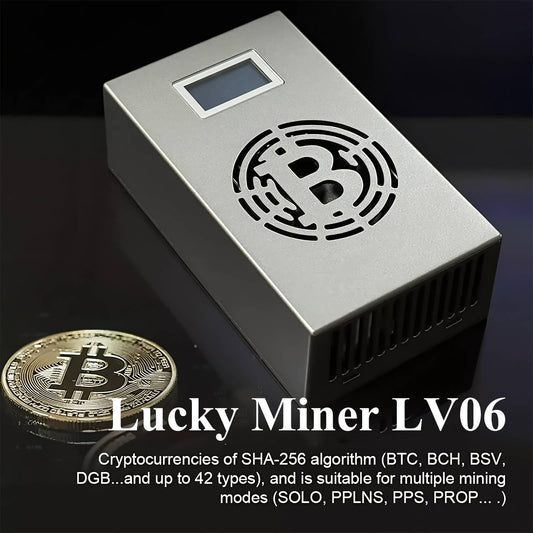


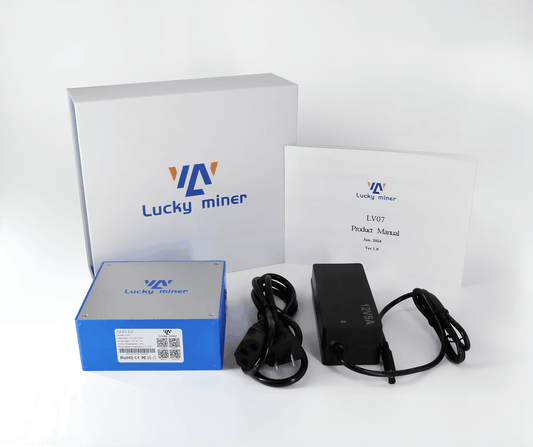
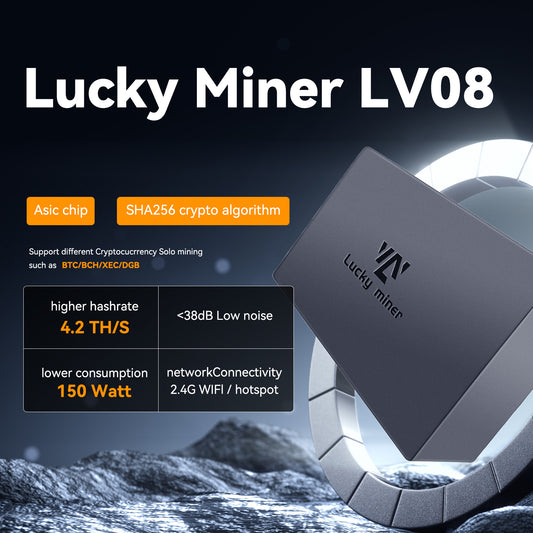
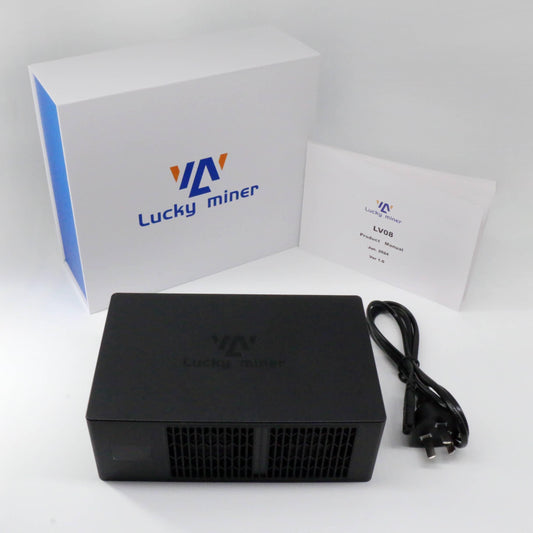
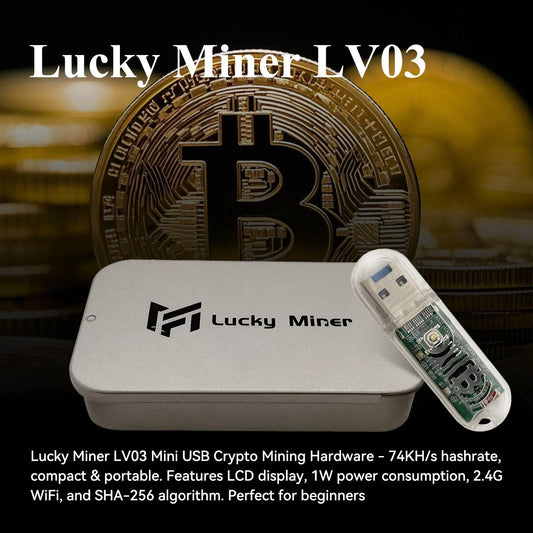
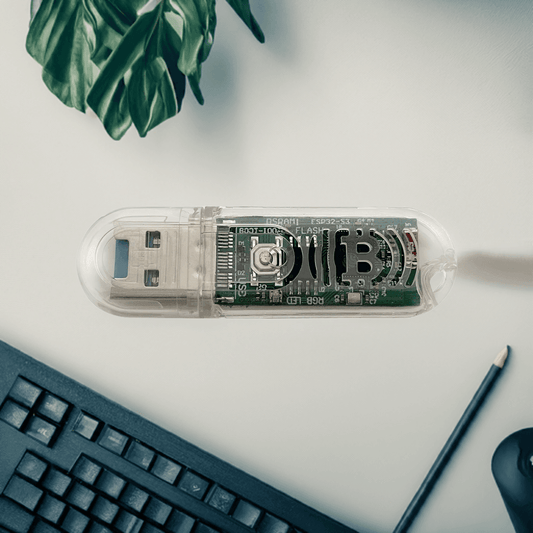

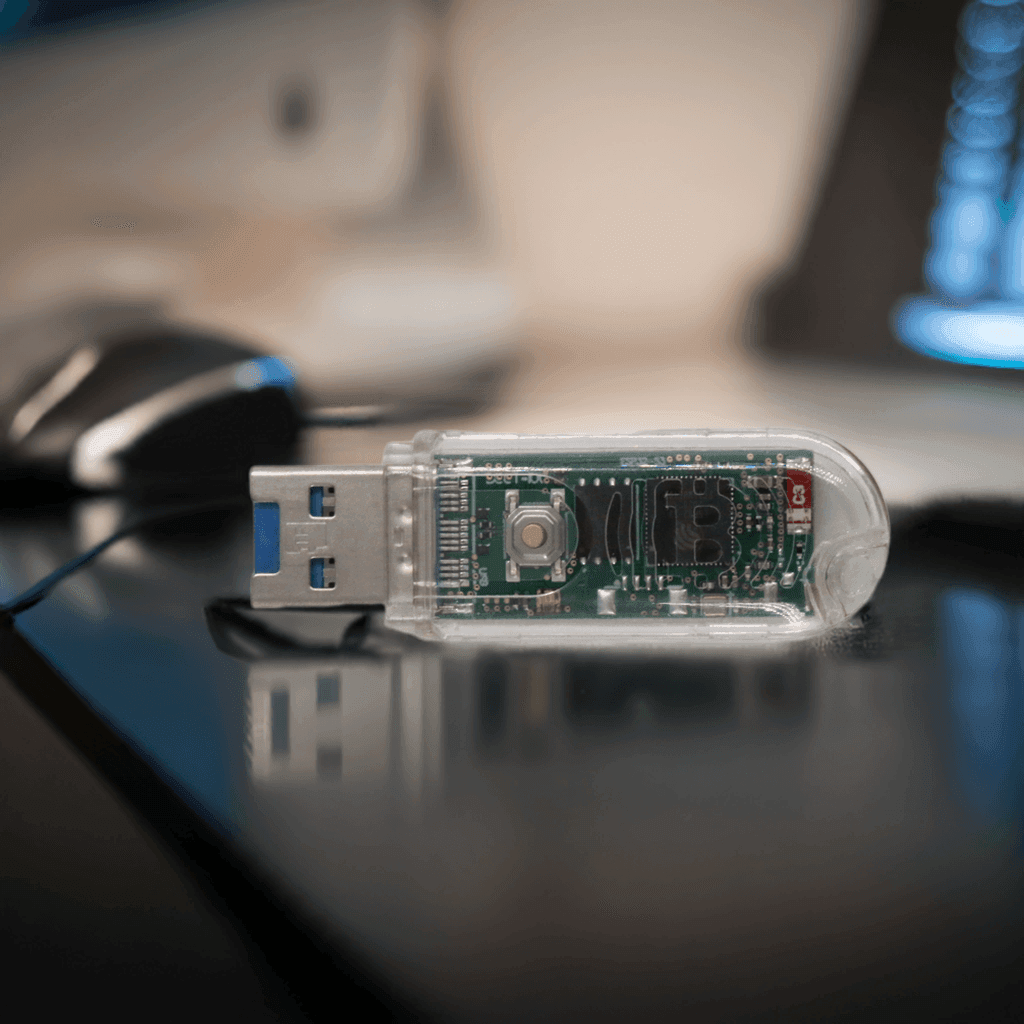
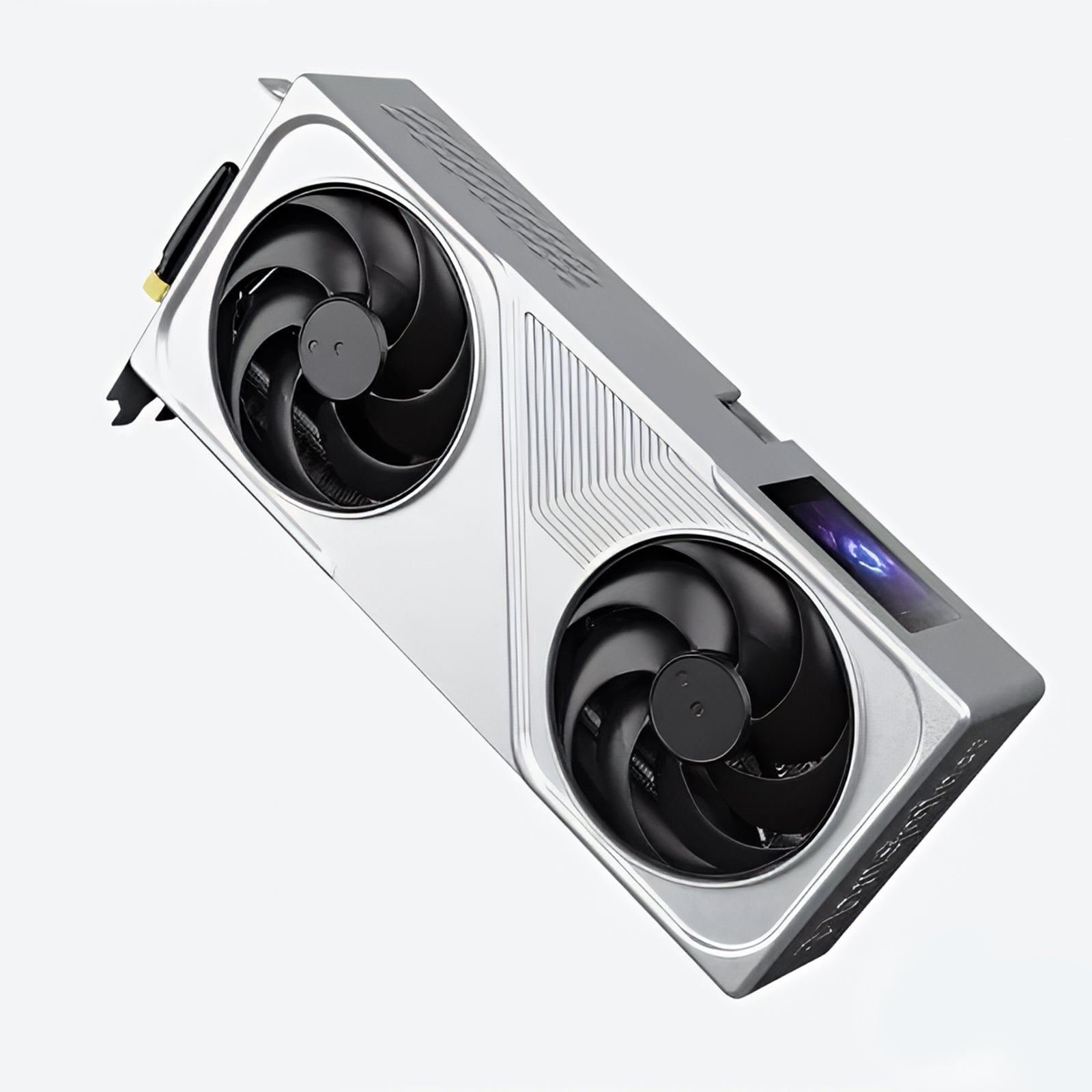
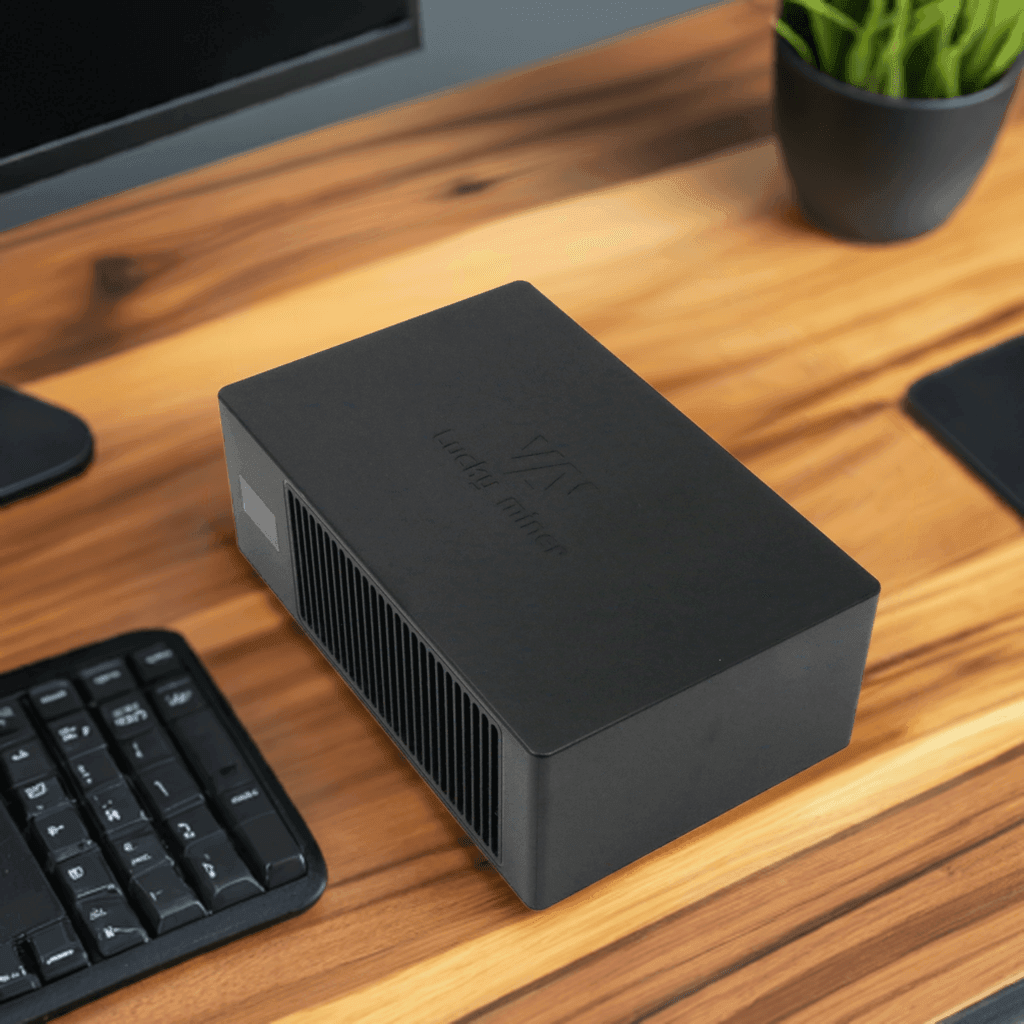

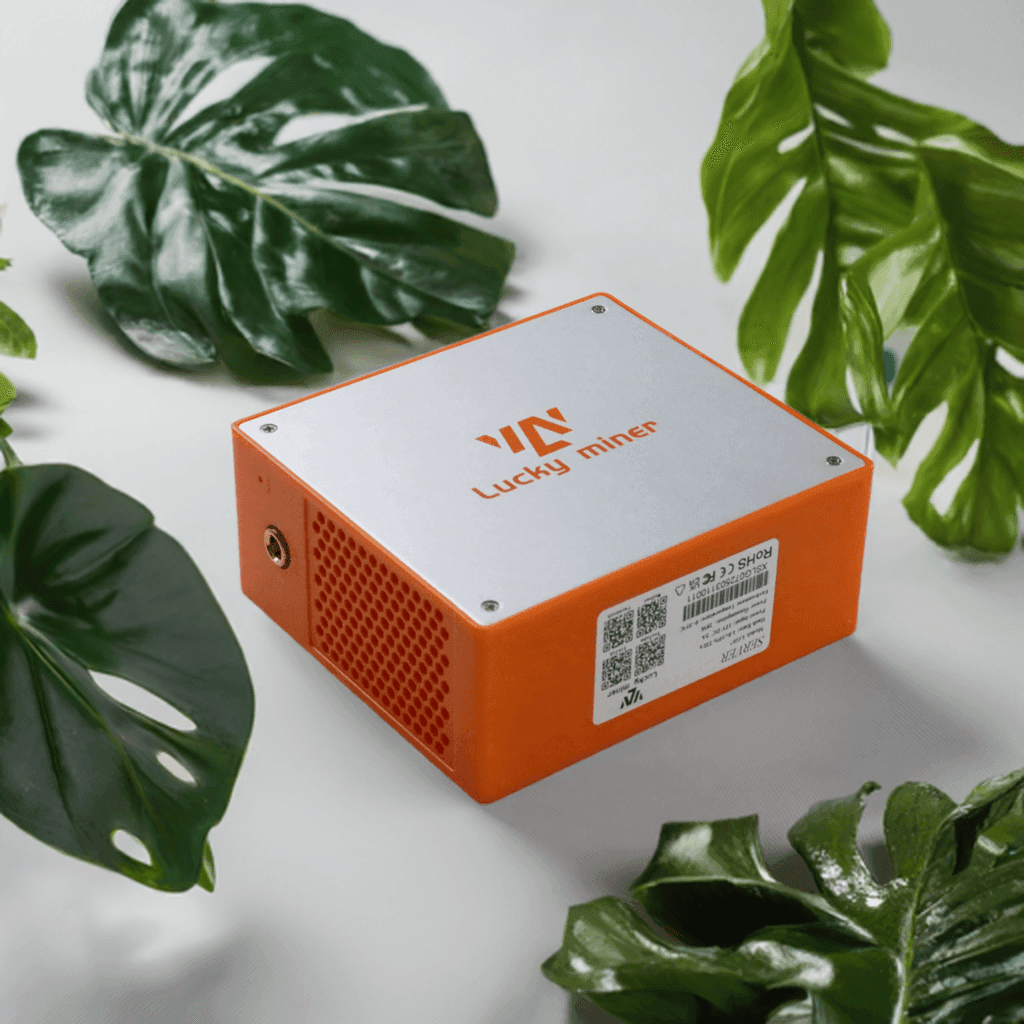
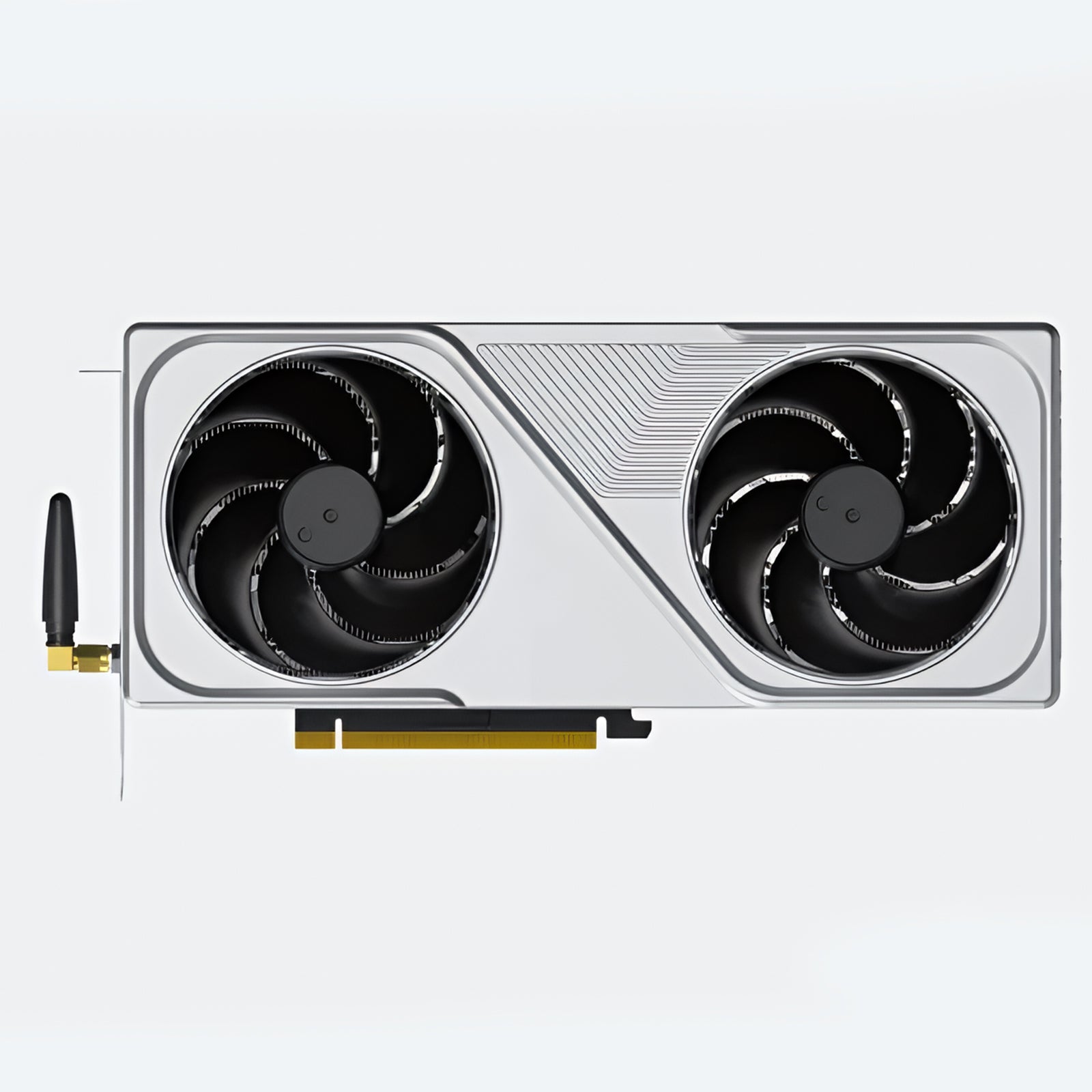
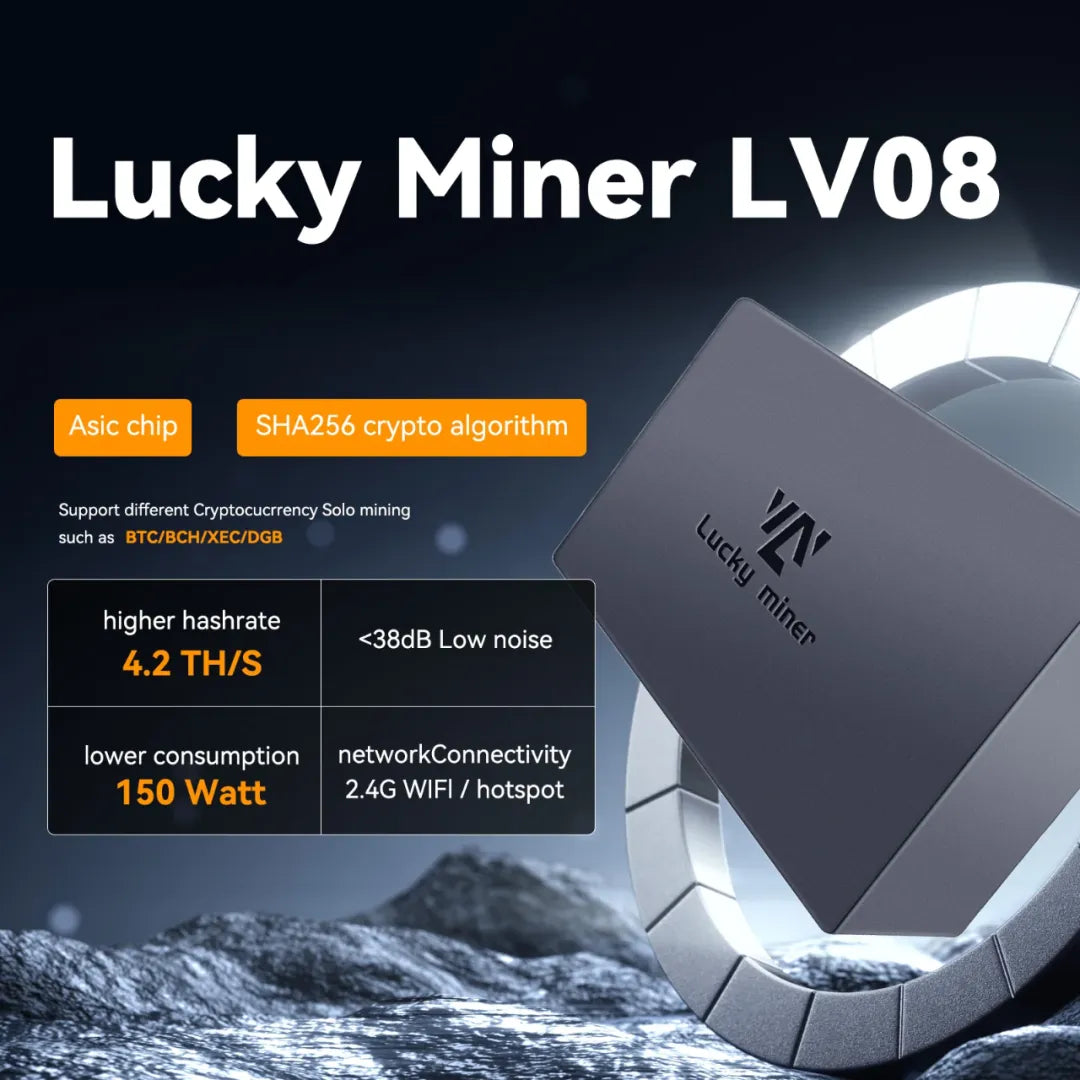

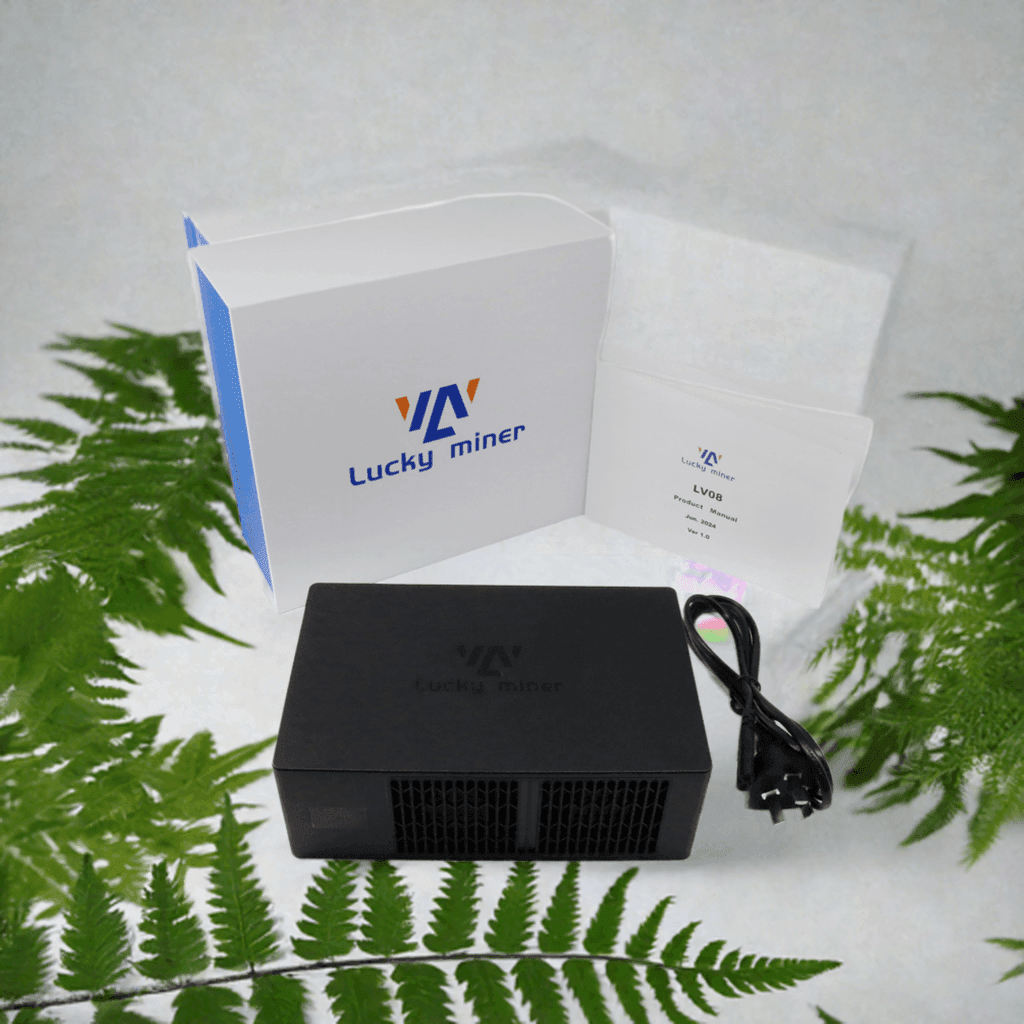
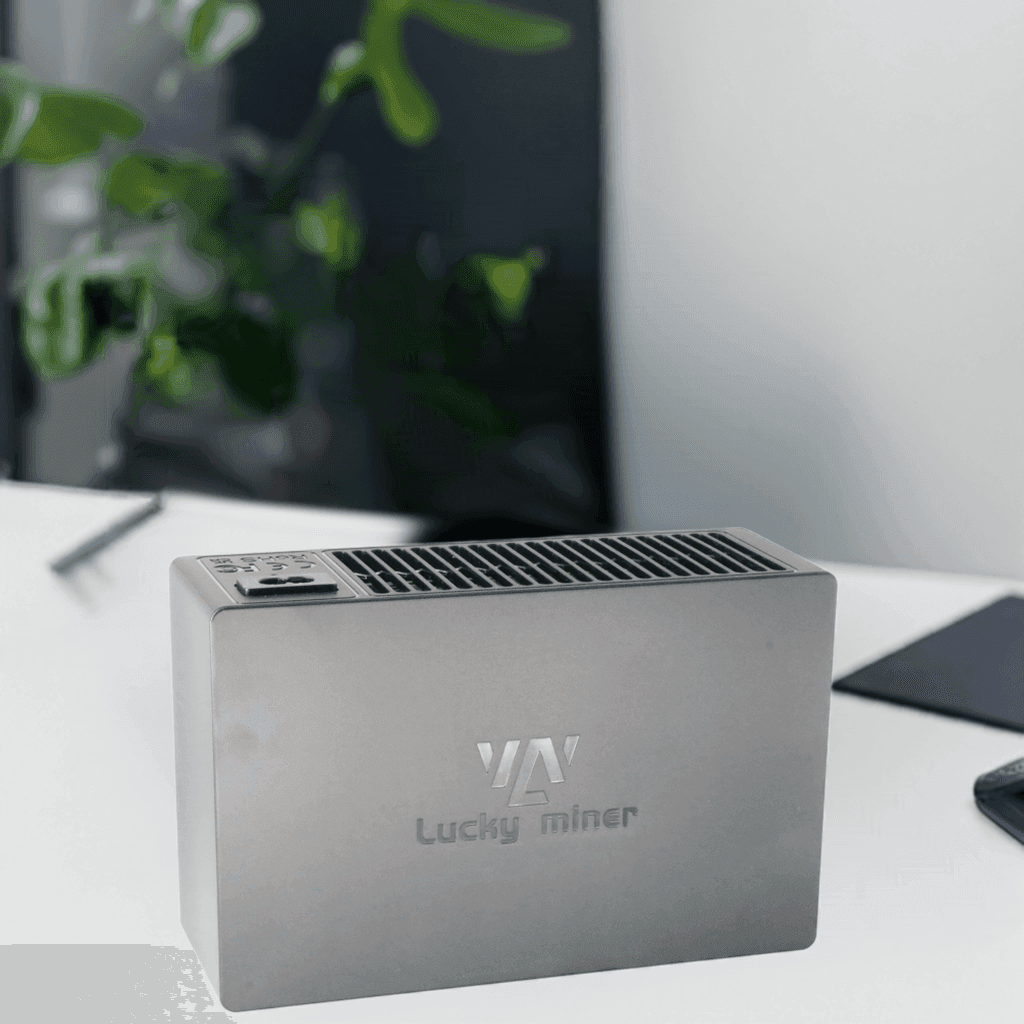

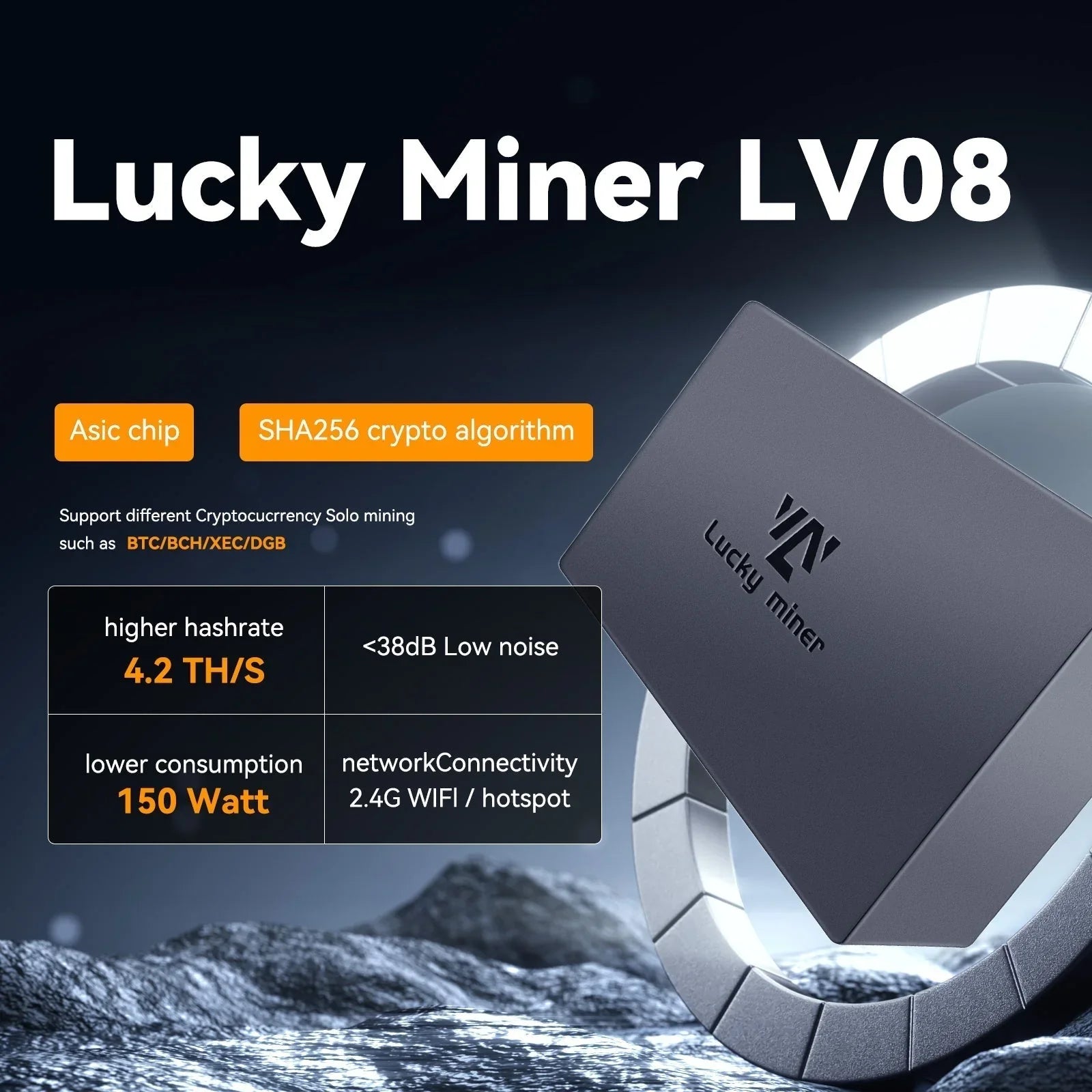

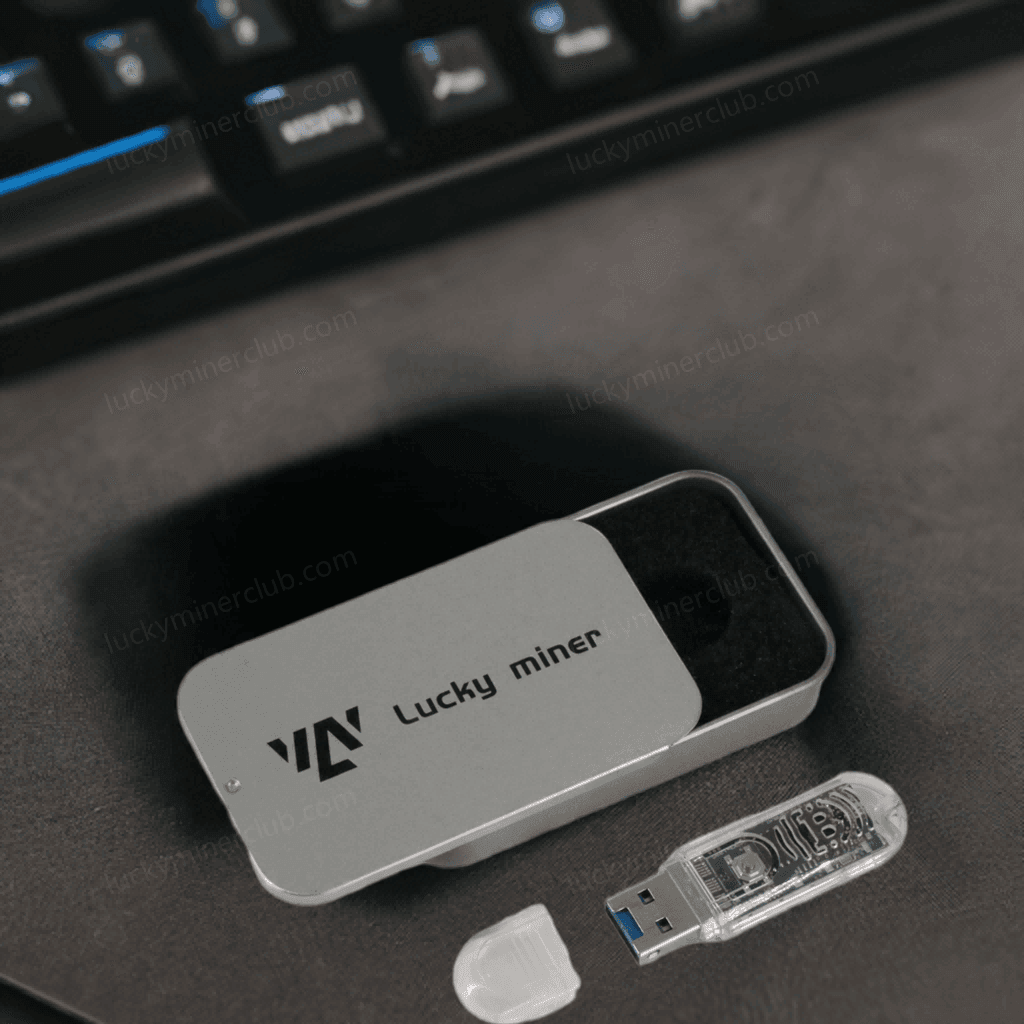
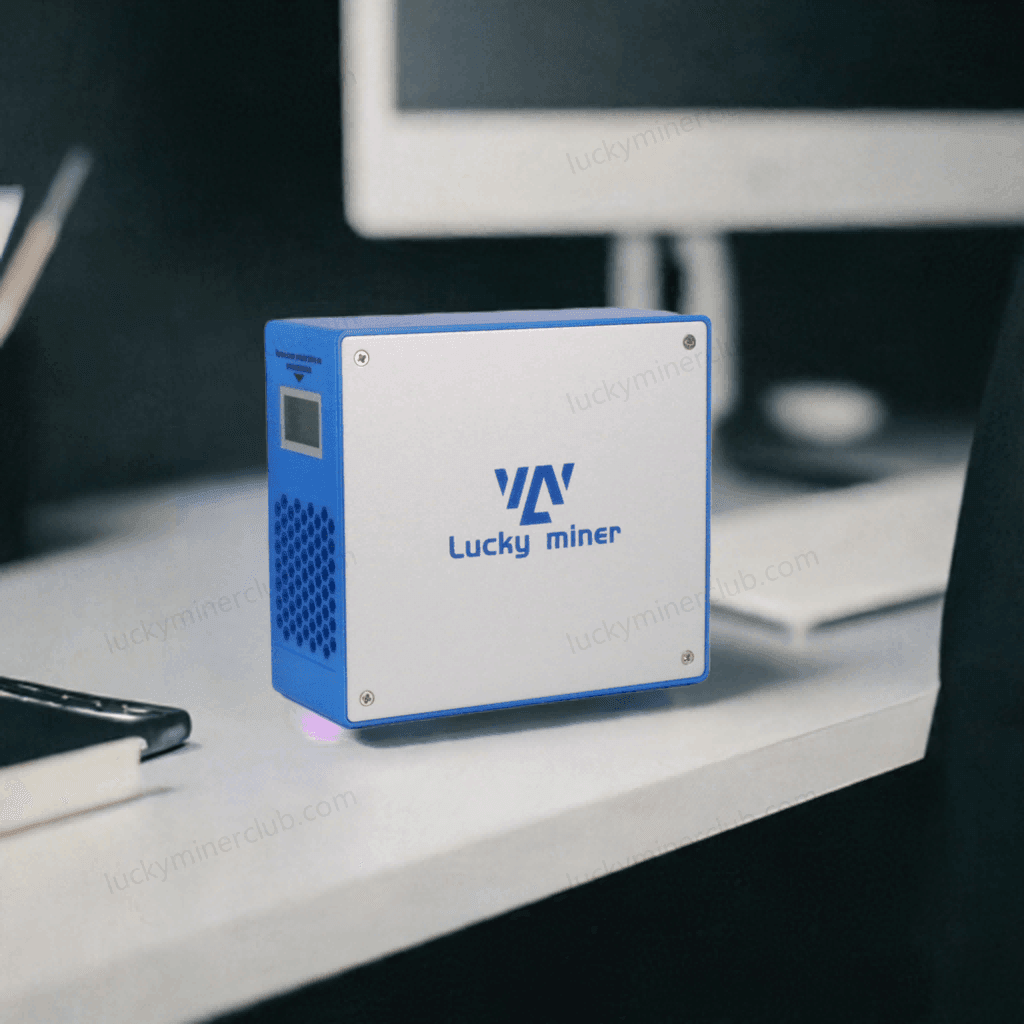
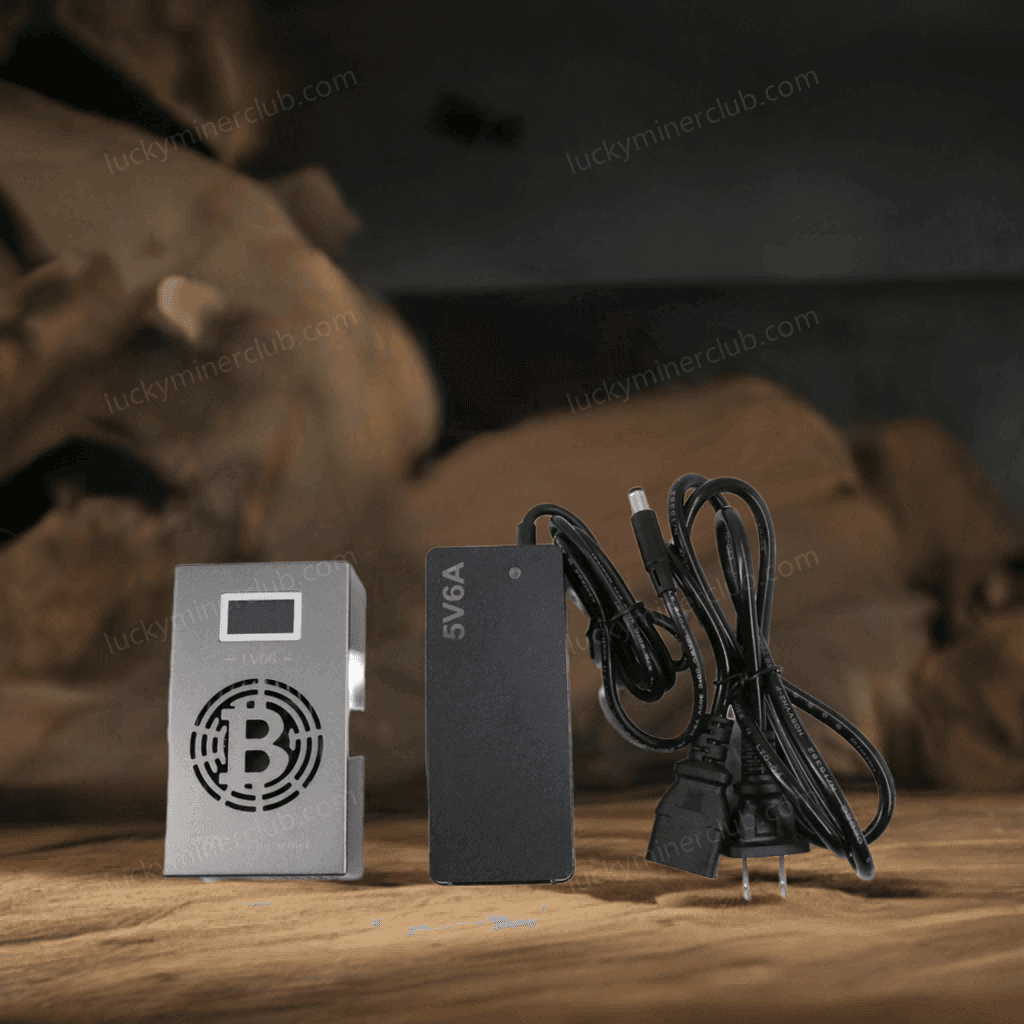

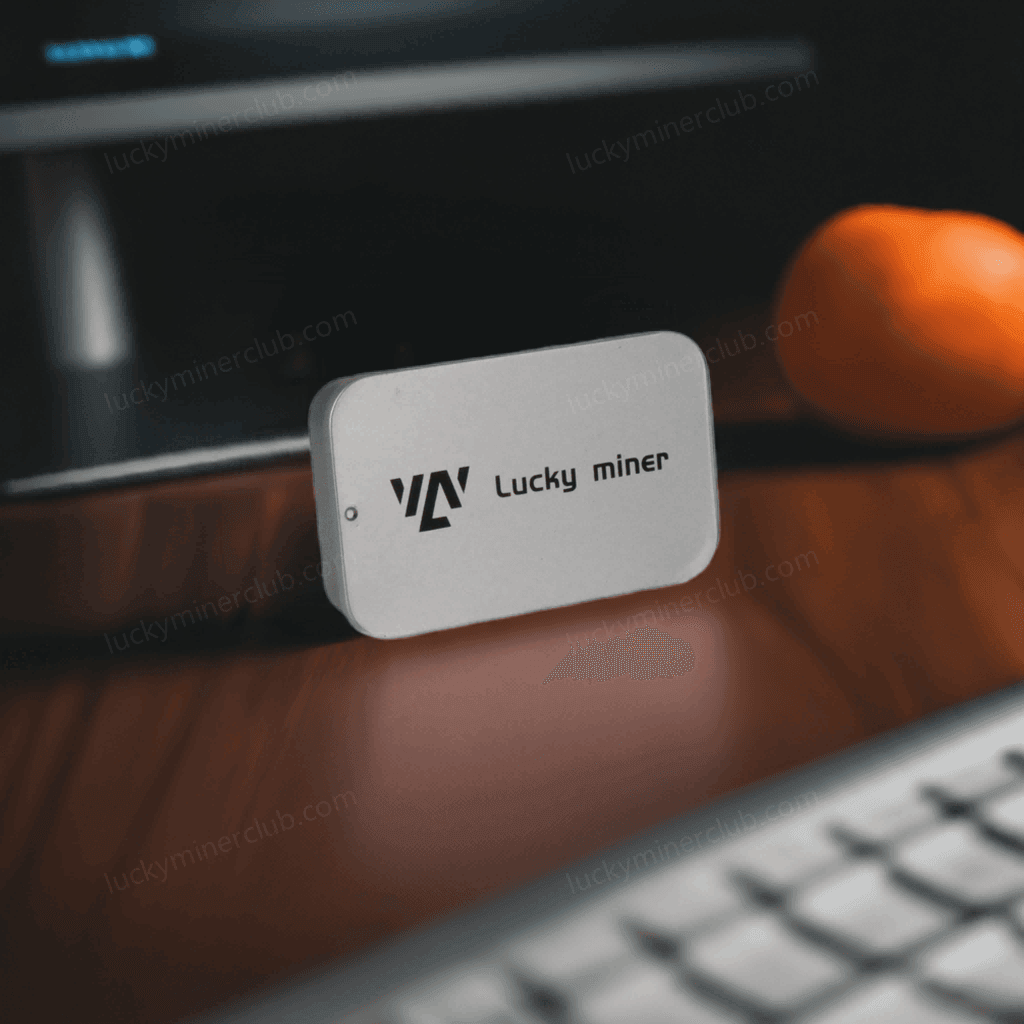
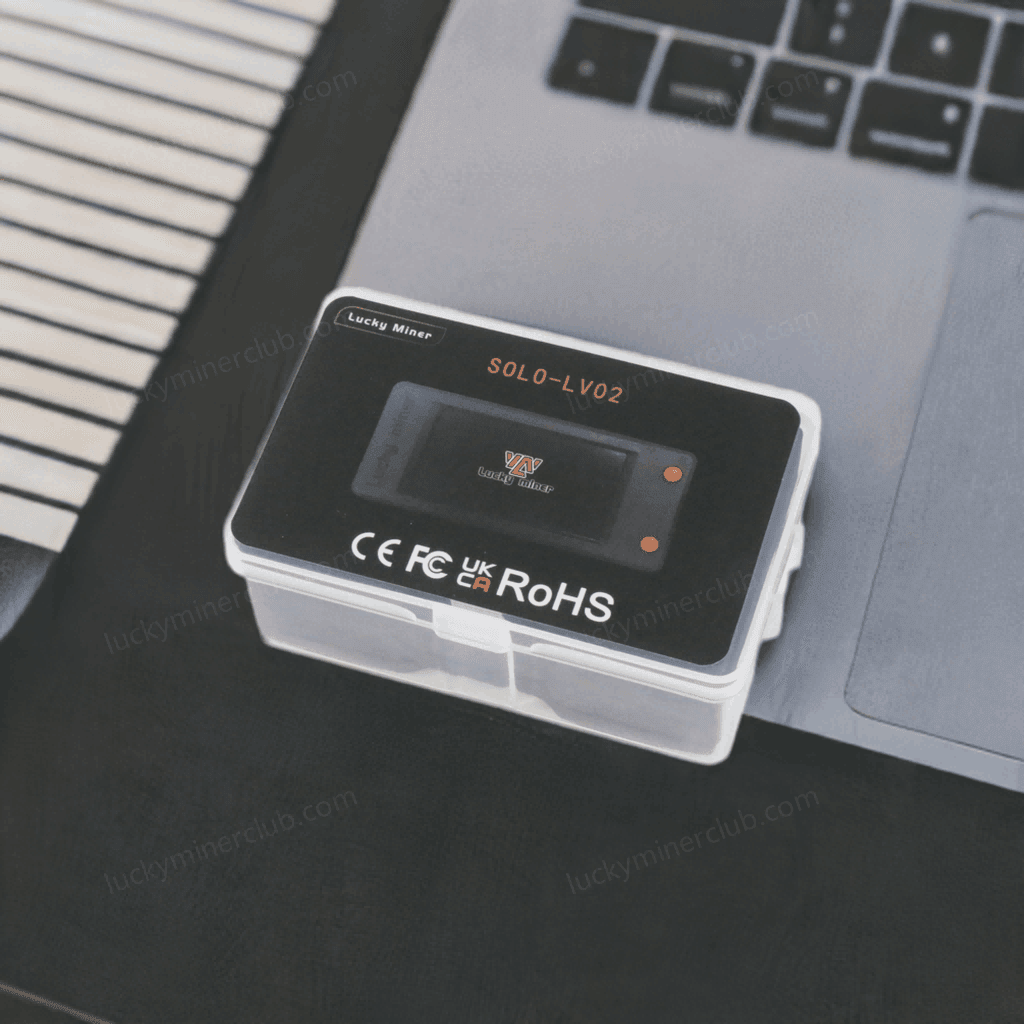
Leave a comment